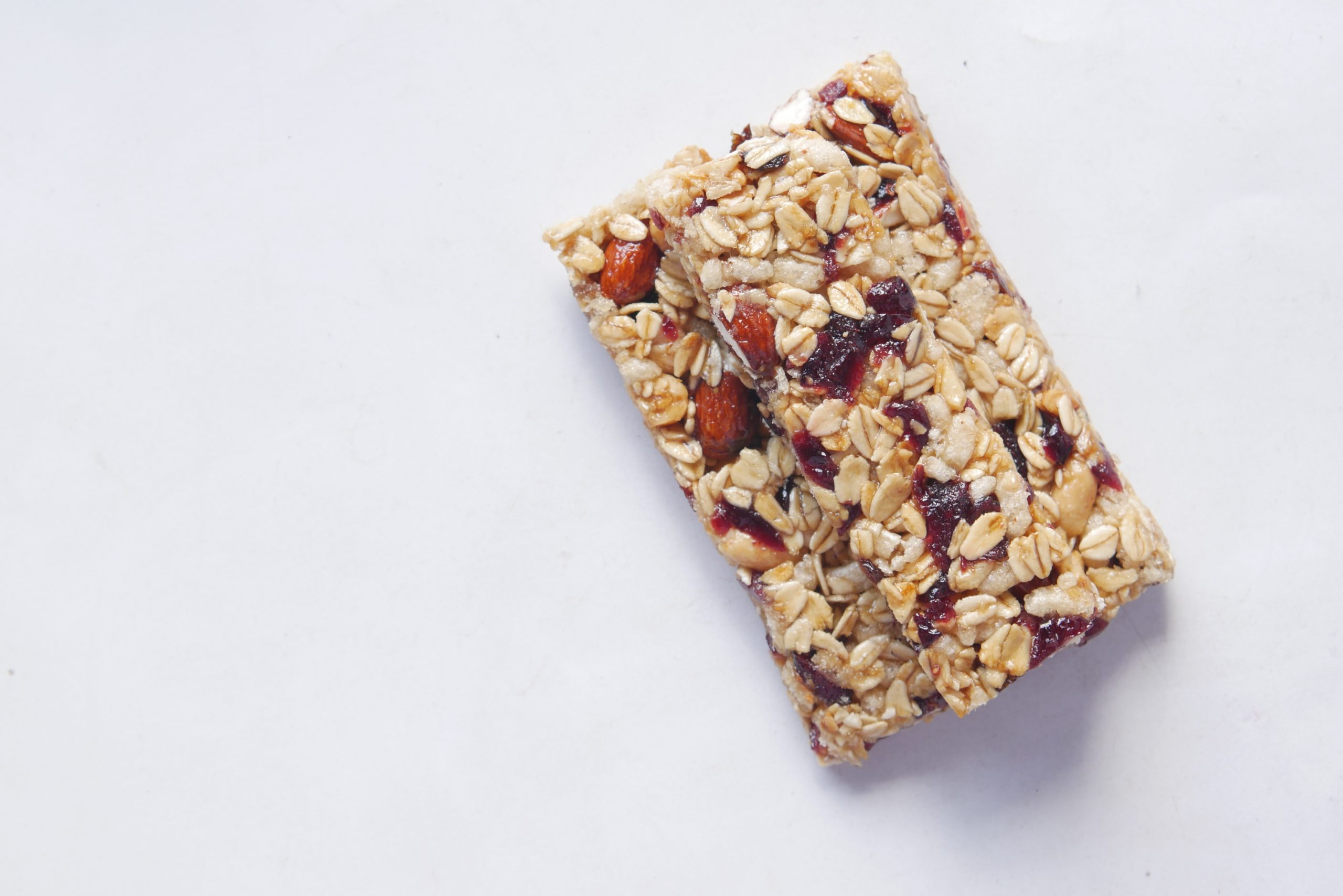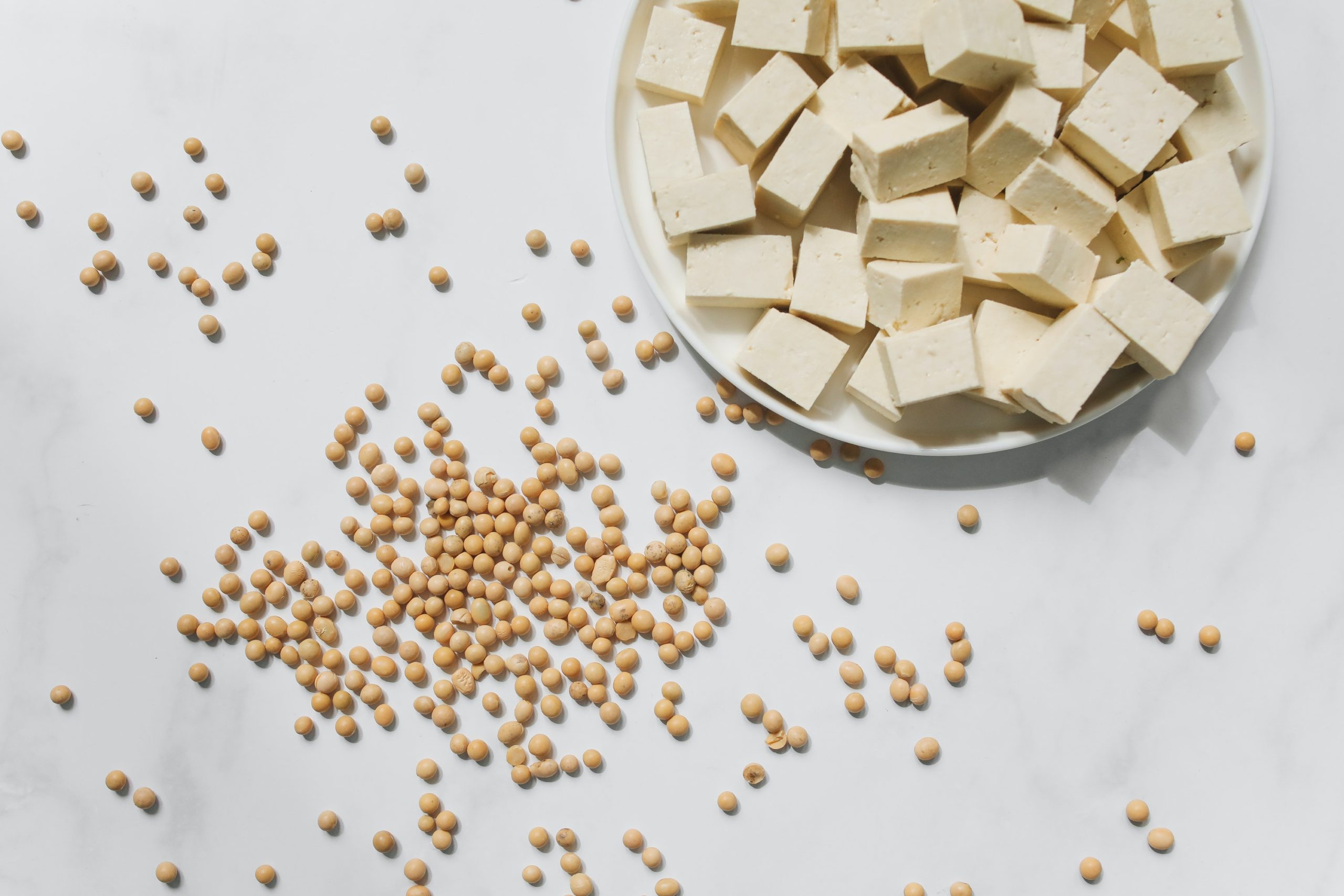Just like any other food supplement, protein bars are a convenient, go-to option that can provide you with the recommended amount of protein that you need every day. Protein is an essential nutrient that should be present in one’s diet as it aids the body in repairing cells and creating new ones. There are numerous food sources where we can get protein, including meat, fish, eggs, and nuts. However, not everyone may have the time or the resources to prepare and plan their meals, especially busy professionals and dieters. Fortunately, protein bars can be consumed quickly while you’re on the go or anywhere at all without having to make the extra effort in measuring and mixing as with protein shakes and powders.
Then again, dieticians and health experts also advise people to choose the right protein bars that do not have lots of sugar, fat, sodium, and complex ingredients that can add unwanted calories and other health risks. Moreover, it is important to know what the ingredients and main sources of protein are in the nutrition bar as some may be allergic to you. Here are some of the types of protein bars that you can choose from based on their main source of protein:
Whey Protein Bars
Whey protein, which is usually in powdered form when added to protein bars, is produced after separating the liquid portion of milk from the curds during the cheese-making process. If you have ever eaten a carton of yogurt before, you might have poured it out or just simply mixed the liquid floating on top – that same liquid is what we call whey. On its own, whey protein tastes plain like non-fat milk so protein bar manufacturers may add flavors to it like vanilla, chocolate, and strawberry, to capture the taste of different consumers. Other ingredients that can be added to the whey protein bar could be a mix of other proteins, like nuts, peas, and fruits.
Going to its health benefits, whey is a high-quality protein full of amino acids that can help you lose weight since it is easily digestible, and highly filling which minimizes feelings of hunger. If you’re trying to gain some muscle, whey is shown by some studies to be slightly better than other proteins like casein and soy for as long as you pair it with regular exercise and muscle training.
Soy Protein Bars
Those who are lactose intolerant and cannot eat protein found in dairy products like whey protein bars can choose those that are mainly made of soy protein as a vegan-friendly alternative. Soy is mostly found in food like tofu, tempeh, and whole soybeans. Like whey, soy protein is added to nutrition bars in powdered form. It contains equal amounts of nine essential amino acids compared to other plant-based proteins that only have limited amounts.
What also makes it unique are its compounds including phytosterol, saponins, lecithin, phytic acid, and isoflavones which may aid in heart health, lessen cancer risk, and even lower blood sugar levels. Amounts of this protein added in bars may differ according to the brand manufacturing them. They may also mix it with other ingredients such as chocolate, fruits, nuts, and/or other fibrous ingredients.
Pea Protein Bars
This naturally vegan and gluten-free protein bar alternative is made by separating protein from ground yellow peas resulting in a beige-colored protein powder. It is a high-quality protein that can also be easily digested and absorbed by the body. Although animal-based protein bars like those made of whey are said to be more popular for building muscle mass, studies suggest that pea protein is just as effective as whey protein when it comes to building muscle mass.
Depending on the flavor of the pea protein bar that you choose, these protein bars can be an excellent option if you are regulating your consumption of products with sugar preservatives and alcohol. It is also a good source of potassium that can aid in heart health, regulate blood sugar levels, protection from bone loss and even kidney stones. Pea protein bars can come in different flavors and combinations like chocolate, coconut, cashew, lemon, sunflower cinnamon, and more.
Seed or Nut Protein Bars
If you’re looking into some variety and are fond of eating seeds and nuts as a snack, well good news, they can also come in protein bars. This plant-based protein bar like soy and pea can keep you fuller for a longer time because of the significant amounts of fiber that it has. Since fiber takes a little longer to digest, it can reduce feelings of hunger and aid in weight loss. Not only do they contain high amounts of protein, but also antioxidants and omega-3 that prevent heart disease and stroke, and even certain skin conditions like eczema.
Also, unlike other the first three kinds of protein bars mentioned above, you can experiment more with different varieties of seeds and nuts out there each has its own set of nutritional benefits. Seeds and nuts available in protein bars may include, almonds, peanuts, walnuts, chia seeds, pumpkin seeds, sunflower seeds, and many more. Seeds or Nut Protein bars can also mix perfectly with various fruits and even oats.
Brown Rice Protein Bars
Unlike the rest of the other protein bars mentioned earlier, brown rice protein is not a complete source of protein according to dieticians. However, it is widely used by different brands since it still makes up for its other nutritional benefits. It is more packed with nutrients compared to white rice therefore it can aid in weight loss and control blood sugar levels. Studies suggest that brown rice protein can still be as effective as whey protein in terms of muscle building whenever consumed after weight training. This is because it contains branch-chain amino acids that help in the creation of tissues that strengthen and fill up the muscles.
For those who cannot eat whey, brown rice protein bars can also be another vegan alternative. Since this is an incomplete source of protein, nutrition bars made from this ingredient may also add in other proteins from peas, pumpkin seeds, nuts, and more, so you have more options to choose from.






